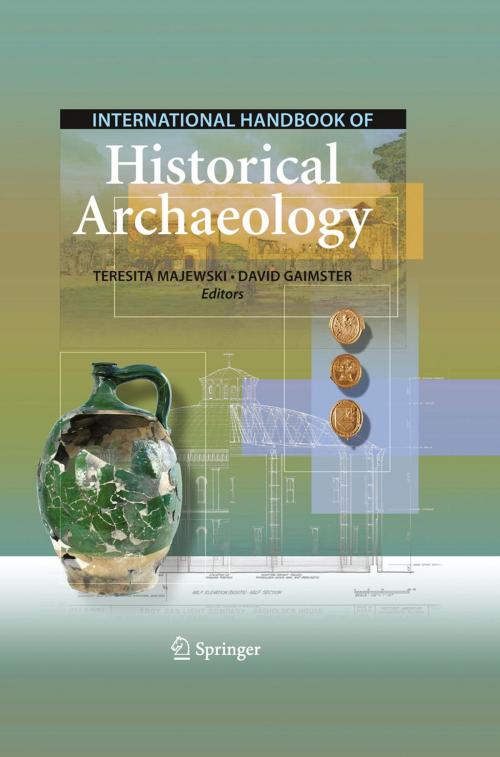International Handbook of Historical Archaeology
Nonfiction, Social & Cultural Studies, Social Science, Archaeology, Anthropology, History| Author: | ISBN: | 9780387720715 | |
| Publisher: | Springer New York | Publication: | June 7, 2009 |
| Imprint: | Springer | Language: | English |
| Author: | |
| ISBN: | 9780387720715 |
| Publisher: | Springer New York |
| Publication: | June 7, 2009 |
| Imprint: | Springer |
| Language: | English |
In studying the past, archaeologists have focused on the material remains of our ancestors. Prehistorians generally have only artifacts to study and rely on the diverse material record for their understanding of past societies and their behavior. Those involved in studying historically documented cultures not only have extensive material remains but also contemporary texts, images, and a range of investigative technologies to enable them to build a broader and more reflexive picture of how past societies, communities, and individuals operated and behaved. Increasingly, historical archaeology refers not to a particular period, place, or a method, but rather an approach that interrogates the tensions between artifacts and texts irrespective of context. In short, historical archaeology provides direct evidence for how humans have shaped the world we live in today.
Historical archaeology is a branch of global archaeology that has grown in the last 40 years from its North American base into an increasingly global community of archaeologists each studying their area of the world in a historical context. Where historical archaeology started as part of the study of the post-Columbian societies of the United States and Canada, it has now expanded to interface with the post-medieval archaeologies of Europe and the diverse post-imperial experiences of Africa, Latin America, and Australasia.
The 36 essays in the International Handbook of Historical Archaeology have been specially commissioned from the leading researchers in their fields, creating a wide-ranging digest of the increasingly global field of historical archaeology. The volume is divided into two sections, the first reviewing the key themes, issues, and approaches of historical archaeology today, and the second containing a series of case studies charting the development and current state of historical archaeological practice around the world. This key reference work captures the energy and diversity of this global discipline today.
In studying the past, archaeologists have focused on the material remains of our ancestors. Prehistorians generally have only artifacts to study and rely on the diverse material record for their understanding of past societies and their behavior. Those involved in studying historically documented cultures not only have extensive material remains but also contemporary texts, images, and a range of investigative technologies to enable them to build a broader and more reflexive picture of how past societies, communities, and individuals operated and behaved. Increasingly, historical archaeology refers not to a particular period, place, or a method, but rather an approach that interrogates the tensions between artifacts and texts irrespective of context. In short, historical archaeology provides direct evidence for how humans have shaped the world we live in today.
Historical archaeology is a branch of global archaeology that has grown in the last 40 years from its North American base into an increasingly global community of archaeologists each studying their area of the world in a historical context. Where historical archaeology started as part of the study of the post-Columbian societies of the United States and Canada, it has now expanded to interface with the post-medieval archaeologies of Europe and the diverse post-imperial experiences of Africa, Latin America, and Australasia.
The 36 essays in the International Handbook of Historical Archaeology have been specially commissioned from the leading researchers in their fields, creating a wide-ranging digest of the increasingly global field of historical archaeology. The volume is divided into two sections, the first reviewing the key themes, issues, and approaches of historical archaeology today, and the second containing a series of case studies charting the development and current state of historical archaeological practice around the world. This key reference work captures the energy and diversity of this global discipline today.















